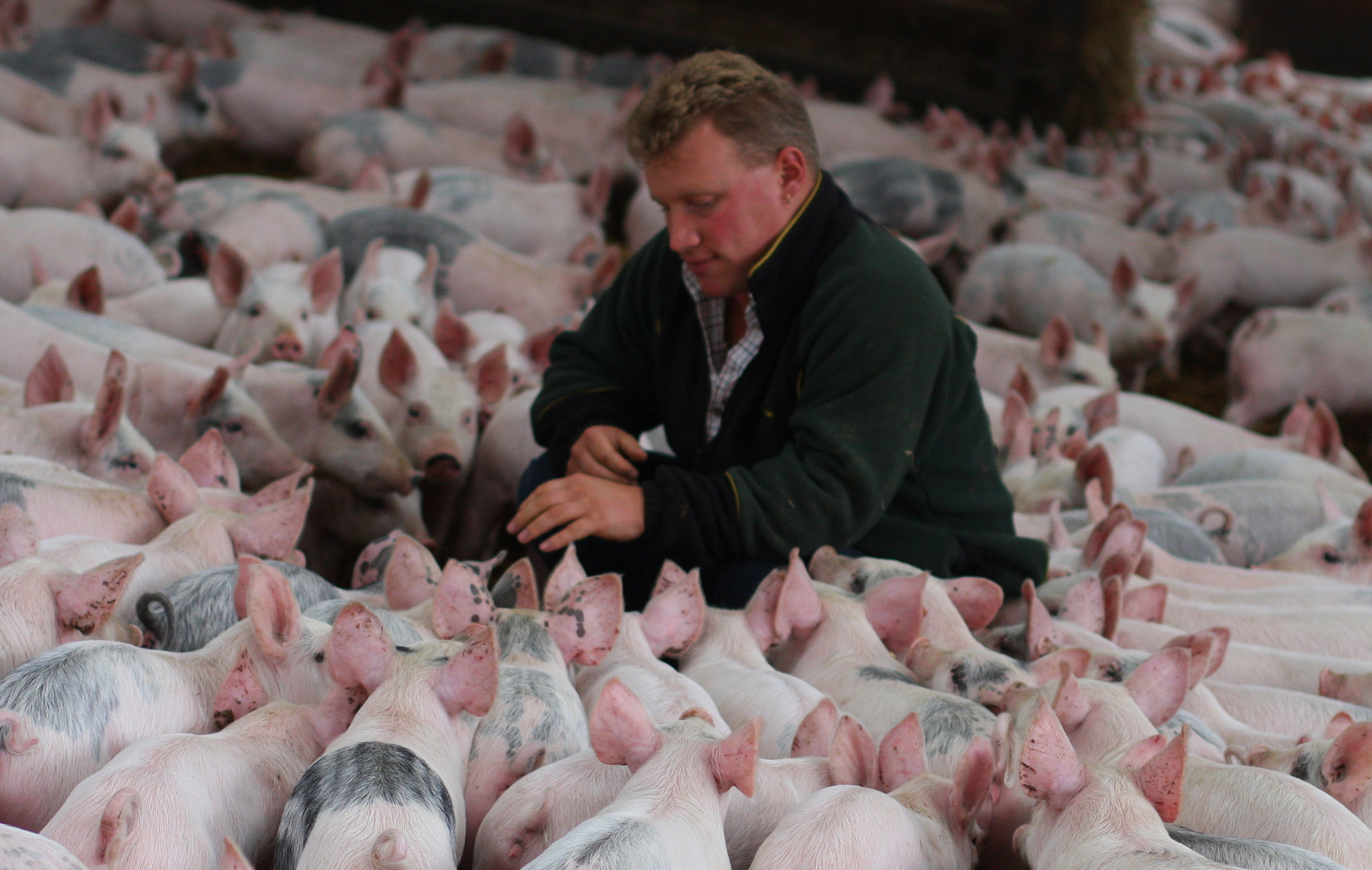Research (Published online: 15-08-2014)
9. A retrospective study on incidence of lameness in domestic animals - A. Mohsina, M. M. S Zama, P. Tamilmahan, M.B.Gugjoo, K. Singh, A. Gopinathan, M. Gopi and K.Karthik
Veterinary World, 7(8): 601-604
doi: 10.14202/vetworld.2014.601-604
A. Mohsina: Division of Veterinary Surgery, Indian Veterinary Research Institute, Izatnagar, Bareilly, 243 122, Uttar Pradesh, India;sowparnika777@gmail.com
M. M. S Zama: Division of Veterinary Surgery, Indian Veterinary Research Institute, Izatnagar, Bareilly, 243 122, Uttar Pradesh, India;mmszama@yahoo.com
P. Tamilmahan: Division of Veterinary Surgery, Indian Veterinary Research Institute, Izatnagar, Bareilly, 243 122, Uttar Pradesh, India;drtamilmahan.bison@gmail.com
M. B. Gugjoo: Division of Veterinary Surgery, Indian Veterinary Research Institute, Izatnagar, Bareilly, 243 122, Uttar Pradesh, India;mbgugjoo@gmail.com
K. Singh: Division of Veterinary Surgery, Indian Veterinary Research Institute, Izatnagar, Bareilly, 243 122, Uttar Pradesh, India;ksuppli@yahoo.co.in
A. Gopinathan: Division of Veterinary Surgery, Indian Veterinary Research Institute, Izatnagar, Bareilly, 243 122, Uttar Pradesh, India;aswathykiran77@gmail.com
M. Gopi: Division of Animal Nutrition, Indian Veterinary Research Institute, Izatnagar, Bareilly, 243 122, Uttar Pradesh, India;gopsgopi72@gmail.com
K. Karthik: Division of Bacteriology, Indian Veterinary Research Institute, Izatnagar, Bareilly, 243 122, Uttar Pradesh, India;karthik_2bvsc@yahoo.co.in
Received: 23-04-2014, Revised: 28-06-2014, Accepted: 05-07-2014, Published online: 15-08-2014
Corresponding author: A. Mohsina, email: sowparnika777@gmail.com, Cell: +91-9458587867
Abstract
Aim: To study the incidence of lameness among different species of animals presented to the Veterinary Polyclinic, Indian Veterinary Research Institute, Izatnagar.
Materials and Methods: Outpatient department (OPD) records for the period from January 2006 to December 2010 were referred and information was collected regarding number of lameness in different species, breeds, type of injury, limb affected, gender, age at onset, treatment offered, outcome and any reoccurrence. In this study, fractured cases were not included.
Results: The incidence of lameness among different species were recorded: canine (56%), equine (21%), caprine (7%), feline (3%), cattle (7%), buffalo (5.47%), sheep (0.6%), monkey (0.39%) and swine (0.19%). In dog, the different conditions were reported with hind quarter weakness recording 55% of lameness followed by right hind limb lameness (14.7%), left hind limb lameness (12.6%), left forelimb lameness (12%), hip dislocation (6.3%) and hip dysplasia (4.2%). In caprines, important causes of lameness were right forelimb lameness (23%), right hind limb lameness (12%), left forelimb lameness (12%), posterior paresis (9%), left shoulder dislocation (14%) and right shoulder dislocation (6%). In cattle, 34.28% of cases with right hind limb lameness, 28.5% cases were due to HQW, 14.28% had hip dysplasia, 8.57% suffered left hind limb lameness, 6% cases were recorded with obturator nerve paralysis and 8.57% cases suffered contracted tendon in calves. In buffaloes, cases reported were right carpal arthritis, foot rot and left hind limb lameness (14.28%) each, due to bilateral upward luxation of patella and due bilateral purulent wound in stifle (18%) each and hip dislocation (21.4%). In equines, lameness were reported with right hind limb affection (13%), left forelimb affection (11%), right forelimb affection (17%), 4% each due to disease of right shoulder, HQW and both forelimb affection, lateral dislocation of patella (3%), affection of both hind limbs (9%), 5.5%each due to tenosynovitis, arthritis and bone spavin, 7% due to laminitis of right hind and forelimbs and 4.5% due to quittor.
Conclusion: The results show that lameness in animals is significantly affected by species, breed, age and sex of the animal. In dogs and cats, HQW is the most common cause of lameness. Among dogs, Mongrel and GSD breeds most affected. Male animals of less than 1 year or above 6 years are affected more. Hip dislocation is found to be more in male GSD and Labrador dogs and bilateral hip dislocation in spitz breeds. Hip dysplasia is also found to be more in GSD breed. Incidence of rickets is more in spitz dogs below 5 months of age. In equine and caprine species, right forelimb lameness, and in cattle right hind limb lameness is more. Hip dislocation, upward luxation of patella and wound are the major lameness causes in buffaloes.
Keywords: domestic animals, incidence, lameness.

